The European Space Agency's Solar Orbiter mission is due to launch in February 2020 and will see a high-tech spacecraft sent on a long mission to orbit the Sun and study our host star up close.
If we want to learn more about what the Sun is made of and its influence on our planet and Solar System, getting as close as possible is key to taking measurements that will reveal the processes occurring within. And there are many missions dedicated to the study of the Sun that are doing just that.
Read more about the Sun:
- What will happen when the Sun dies?
- Parker Solar Probe's journey to the Sun
- NASA captures a Halloween Sun
We spoke to Professor Richard Harrison, chief scientist at Rutherford Appleton Laboratory Space (RAL Space), who has been involved in the mission from its conception, to find out how the spacecraft will operate, the science it will be carrying out and what it may teach us about the Sun's effect on our planet.
If you're an astrophotographer and you'd like to give solar photography a go. Read our guide on how to photograph the Sun.
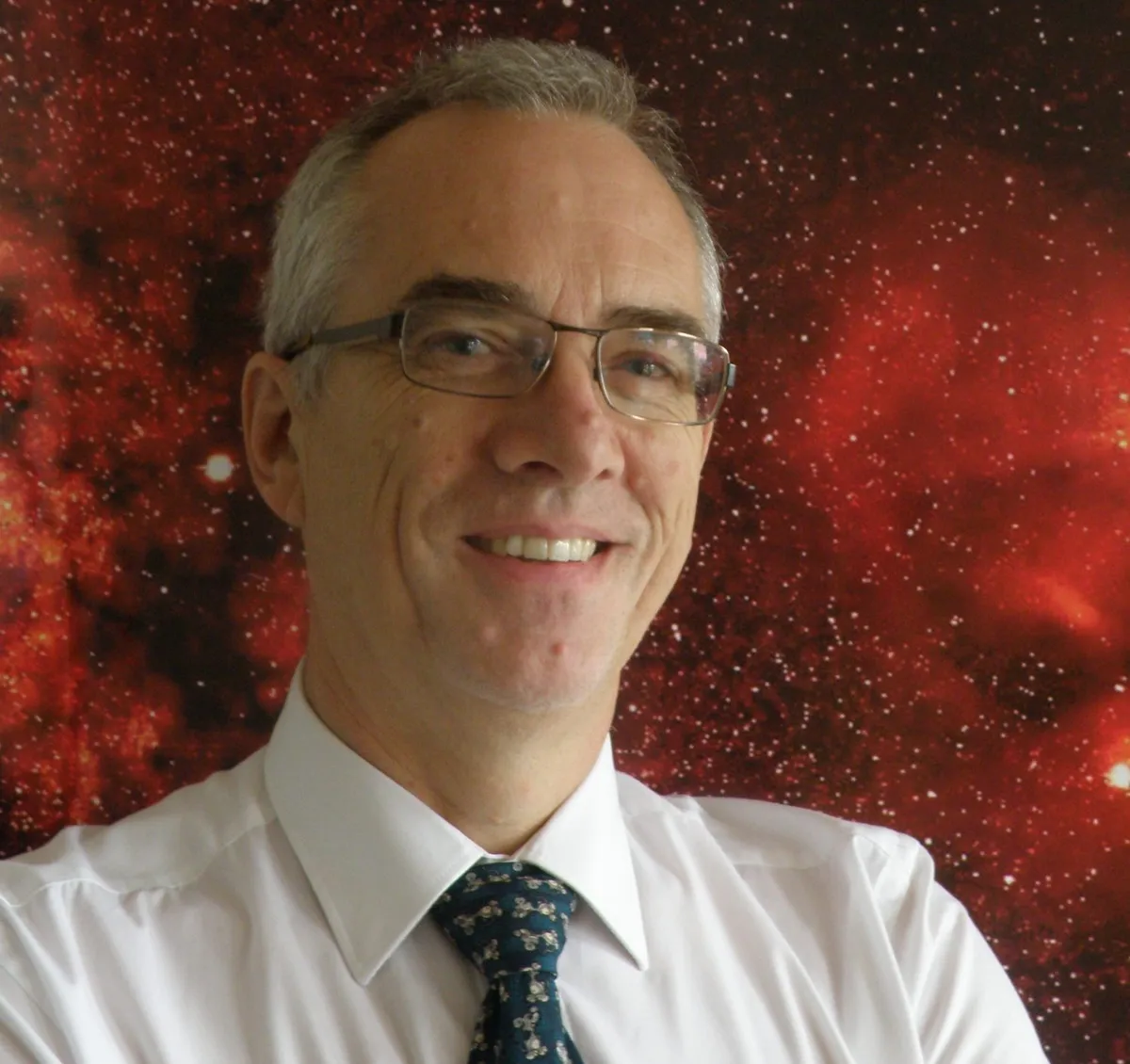
How did you come to be involved in the Solar Orbiter mission?
I’m a solar physicist by trade, although in my role here I oversee the scientific areas including lots of astronomical topics, solar physics, heliospheric physics, magnetospheric physics and ionospheric physics.
A lot of that is to do with the Sun, the space between the Sun and Earth and the Sun's impact on Earth. So that’s really where I come in with the Solar Orbiter mission.
I’ve done a lot of research in the last large number of years into what happens in the Sun’s atmosphere, how it influences space and the space around our planet.
I was principal investigator on an instrument that was flown aboard the highly successful SOHO spacecraft, the Solar and Heliospheric Observatory, which was launched in 1995 and is still going.
A few years after the launch of that mission, and because it was such a success, ESA began looking for what would come next.
A few of us got together at ESTEC, which is ESA’s European Space Technology Centre in Holland, to discuss what mission could follow.
We called a community meeting in 1998 in Tenerife to get a large number of people together and debate what would be the next big solar physics mission.
We’d been looking at the Sun from near the Earth, from within the ecliptic plane where all the planets are, since forever. So there were a lot of things that we hadn’t yet done.
What we were really looking for by the end of that meeting was to start thinking of an encounter mission.
You talk about encounter missions at the planets of the Solar System and nobody really thinks twice about that these days! If you want to study Mars, you’ve got to go to Mars.
You’re not going to land on the Sun, of course, but you can fly pretty close depending on what you want to do.
You can get pretty close to the Sun and do physics that you really can’t do where our current solar physics missions are now.
That was the mandate, in effect, from that community and a bunch of us proposed the idea to the European Space Agency panels in October 2000, and it was selected.
It took a long time before it was finally endorsed, and here we are a long time later looking for a launch in 2020.
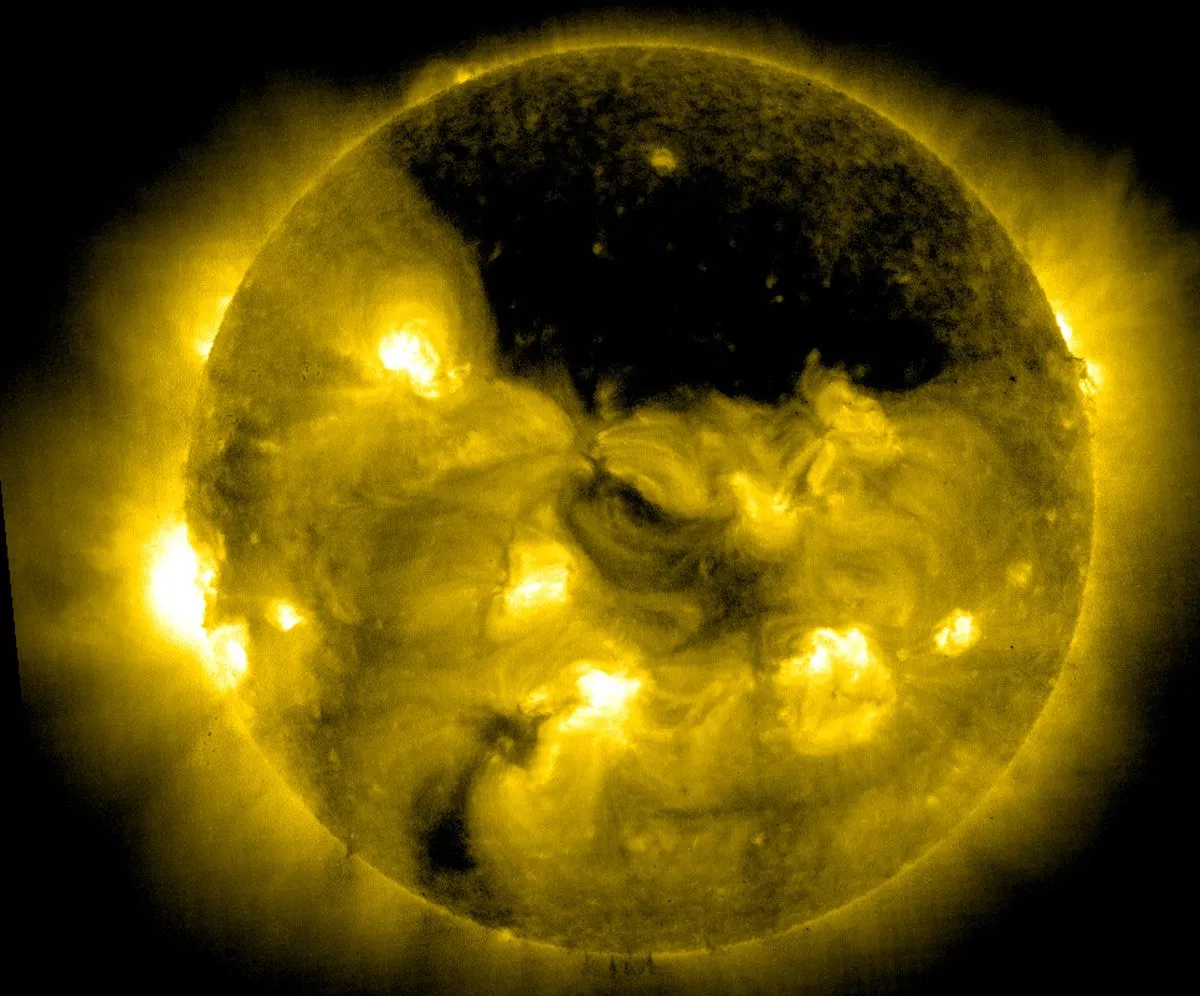
These missions clearly take decades of work and research to get going.
That’s a good point, because a lot of people think of these missions almost as if it was a Victorian scientist building something in their dining room in 5 minutes!
It’s not like that. You spend years trying to put together a mission, then you end up working with industry, with the agency to define it thoroughly, to get through the various stages and get to the point where you can really start cutting metal.
It’s a long, drawn-out process, and then if it is in operation for as long as, say the SOHO spacecraft, over two decades, you’re essentially talking about a whole career.
What stage is the Solar Orbiter at now?
The instruments were delivered a couple of years ago, and the whole lot has been integrated onto the payload module, and the whole lot was integrated together so we now have the complete spacecraft, which has been tested in the last 6 months or so in Germany. The spacecraft was assembled in Stevenage in the UK with Airbus.
We’ve got to the point now where the spacecraft is ready to go: ready to be shipped over to Cape Canaveral and ready for launch on 6 February 2020.
Once it actually launches, what will its journey to the Sun be like?
The journey to the Sun is not quite like what people might expect it to be. It’s never a matter of just launching and travelling in a straight line.
The way to do it is to make use of the fact that you can orbit different bodies: energetically that’s the sensible thing to do.
You want to end up in a solar orbit, and you use fly-bys of different planets to kick you into the orbit that you want.
It’s like slingshots: you come close to a planet and it flings you in a slightly different direction.
Believe it or not, one of those flybys will be with Earth, so the orbiter will actually come back towards us, which sounds rather strange.
Most of the flybys will be with Venus, which is closer to the Sun than us of course, and in doing that the spacecraft will end up in an orbit that ultimately takes it closer to the Sun than Mercury.
So it will end up something like 42 million kilometres from the Sun, which sounds like a long way, but it’s really about as close as you can get instruments on a spacecraft to the Sun, and still have them be able to look at the Sun.
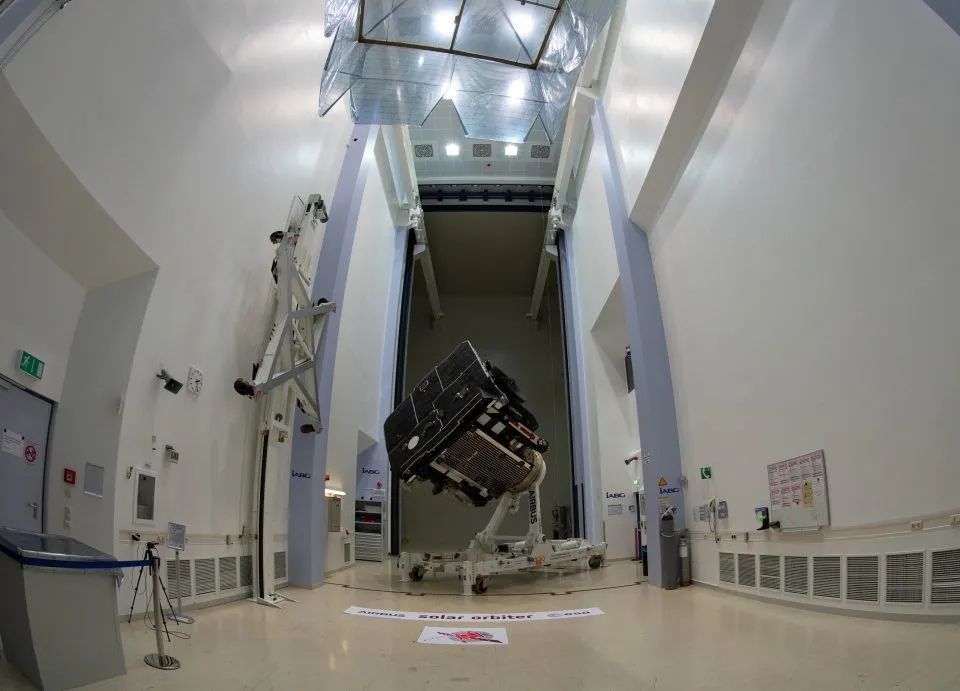
Flying that close to the Sun sounds very risky. What sort of protection will the spacecraft have?
In terms of the thermal side of things, it’s worth pointing out that there are two missions flying to the Sun.
One of them is the Parker Solar Probe, which is flying already. It was launched August 2018 and it’s been orbiting the Sun for a while.
It flew past Venus as well and it’s on a very different orbit to Solar Orbiter: ultimately it’s getting very close to the Sun. If you looked at an image of the Sun and the solar radius, it’s only about 9 times that distance away.
But it’s getting so close to the Sun it cannot possibly look at it, although it can measure the particles and the magnetic field; the environment around the Sun. It can make some useful measurements, but it can’t actually look at it.
So what we really needed was another one working in concert with the Parker Solar Probe, some distance away so it can actually look at the Sun, and that’s where the Solar Orbiter comes in.
It’s going to be getting about as close as you can and still be able to look at the Sun.
Both spacecraft have what you might technically call dirty great big heat shields on them. The technology is phenomenal.
In the case of Solar Orbiter, it has little peep holes so it can actually look through its heat shield. Clearly a lot of heat will still impact the instrument, but if you didn’t have a shield at all it would be something like 500°C.
So you have to have a thermal strategy: it’s not just a matter of having the heat shield out the front. You still want to look at the Sun so you’re letting a lot of extra heat in; not just the light that you want to study.
There are lots of different ways of coping with that: radiator systems, techniques for throwing the excess heat away from the instrument, but still saving the bits that you want in order to make your measurements.
When you say that the spacecraft is going to look at the Sun, does this mean we will get lots of amazing optical images showing intricate detail?
It’s not just the optical side: we’re getting up close and we can measure the environment around the Sun in a way that we can’t normally, so we’re seeing the outflow of material from the Sun and the environment around it, and trying to understand how the Sun drives that environment.
Ultimately that’s what propagates how the solar wind operates and ultimately impacts us: we live in that environment.
So the spacecraft has instruments that will look at that environment in situ, but won’t be imaging it.
But the instruments that will be imaging the Sun are using something called ultraviolet light. It’s like using your eyes but sensitive to a different colour, or wavelength, that your eyes can’t normally see.
The reason we do that is because the Sun’s atmosphere is really hot: millions of degrees. There are a lot of charged gases that we call plasmas, and a lot of these are trapped in magnetic fields in the Sun’s atmosphere.
The Sun is basically a fluid object, with a tangled magnetic fields generated by the flow of these plasmas. It has turbulence, it rotates in a very strange way and so you end up with a lot of magnetic structures almost like elastic bands getting tied up in knots.
If you look at this in ultraviolet light, you end up looking at something that resembles a writhing plate of spaghetti.
It’s not like the smooth atmosphere that you would see if you looked at the Sun. Of course you shouldn’t look directly at the Sun anyway!
If you look in ultraviolet light you get a very different picture, and that will tell you a lot about the physics of what’s happening in the Sun’s atmosphere. It’s a very complex, dynamic, dramatic place.
We use that ultraviolet light as well as visible light as well as X-ray light, and a whole bunch of others captured by instruments on the spacecraft, to study the physics of what’s happening in that atmosphere close up.
So yes, there will be lots of nice high resolution imaging and a lot of stuff that we’d never really seen before.
Think back to when we flew past Mars or Mercury for the first time. There are things you’re going to find that you didn’t necessarily expect.
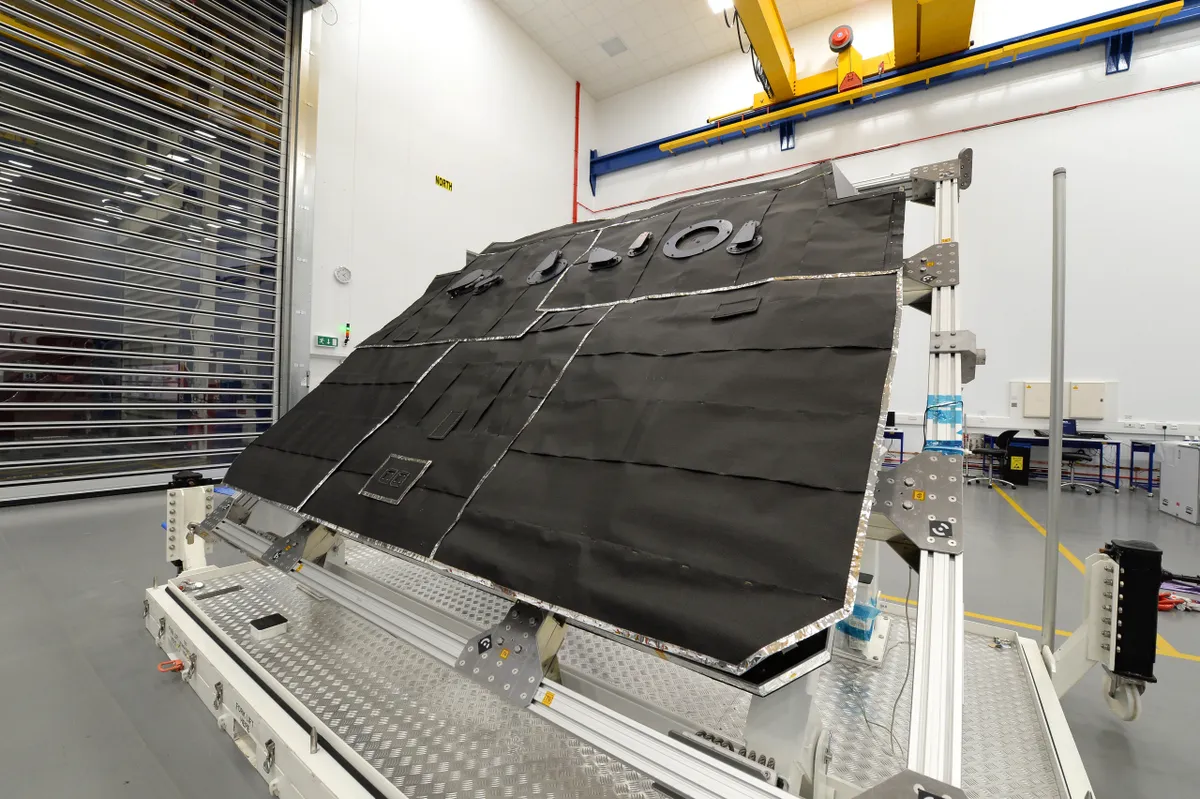
What can you tell us about the SPICE instrument? I understand it’s an RAL Space concept.
RAL Space was the place where the concept for the SPICE instrument started, yes. At one point we thought we couldn’t actually afford to build the instrument in the UK, so it was moved out to the States as a US-led instrument with heavy UK involvement, and then it came back again as a contract to ESA.
It was actually built here, but an international team put the SPICE instrument together.
SPICE originates from other instruments like the one we built for the SOHO mission. It’s an extreme ultraviolet spectrometer.
It’s an instrument that can split up the light using a grating, much like visible light being split by a prism.
But you’re looking at the signatures of ultraviolet light, and you can pick out characteristics in that light that can tell you what is in the Sun’s atmosphere: what it’s made of, how fast the plasmas are moving, how hot they are.
You can pick out trace elements of things like iron, magnesium, silicon, oxygen: the sort of things people might not be expecting because the Sun is mainly hydrogen and a bit of helium. The rest is really all trace elements: basically the stuff we’re made of, because we were all made out of the same cloud in the first place.
But because those elements are there, the signatures are there, we can actually diagnose the plasmas, almost like a weather forecast. We can actually say what’s happening at the Sun in terms of the physics.
What we have in combination with that is an ultraviolet imager, which is led from Belgium again with a heavy UK involvement, so the two working in concert will be great.
Is there any way Solar Orbiter’s discoveries could help us with daily life on Earth?
Absolutely. I always think there are 3 reasons to study the Sun. 1 is that you see processes that occur everywhere in the Universe, so it’s a way of studying the entire Universe that we live in.
And you are also using these processes as a way of studying physics. But the third reason is learning the Sun’s impact on us.
The Sun does things that impact Earth. The big worry in a sense is the clouds that erupt into space that we call coronal mass ejections.
People have heard of solar flares, which are basically explosions in the Sun’s atmosphere where those magnetic elastic band systems, or magnetic loops, get tied up in knots and there’s a breakdown.
Energy is dumped into the plasmas in the Sun’s atmosphere and there’s an explosion.
In the case of a coronal mass ejection, it’s slightly different. Again, there’s a building-up of energy in the Sun’s atmosphere and the way it releases the energy is that a huge magnetic system balloons out into space.
Those can come crashing out through the Solar System up to a couple of thousand kilometres per second.
Tracking clouds like that is something we’re just beginning to learn how to do with other spacecraft.
We want to know what the impact is when they arrive at Earth because there are times that they arrive at Earth and there are impacts on human systems.
It can affect things like power distribution systems causing power blackouts, or create problems with communication systems, problems with losing spacecraft.
The energetic particles that can be accelerated out could cause problems for astronauts, or high-latitude aircraft, or even the systems that give us our GPS and so on.
We need to understand how the Sun works and how it influences us. Solar Orbiter is part of the process of learning the physics.
There are other missions coming online that really will be built to monitor processes, to stand back and track these clouds coming through space.
A big one is ESA’s Lagrange mission, which we’ve been proposing for quite a number of years and developing the ideas to what we call a phase A-B study.
Hopefully we’ll get the green light to go ahead and build a monitor that would be stationed well away from Earth looking back at Earth and the Sun at the same time.
That would all be built on the physics that comes out of missions like Solar Orbiter.
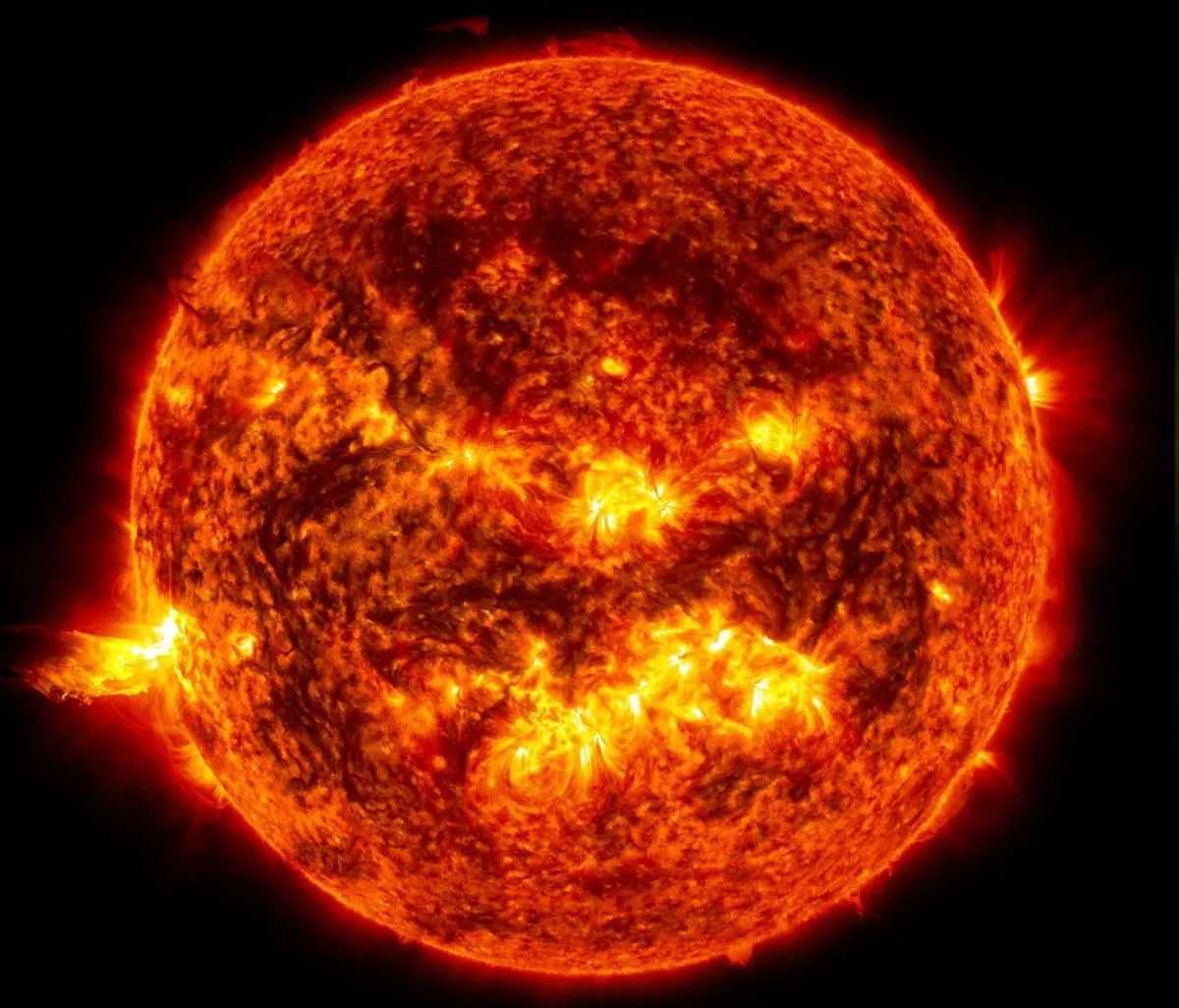
Do you think it’s the case that people don’t really look at the Sun in the same context as Jupiter or Mars or Saturn, and that solar missions don’t really receive the same kudos?
I know exactly what you mean. I suppose the point is that when you talk to the public everybody knows what the Sun is.
When I give talks about the missions we’re involved with, people can relate to it and are interested in it, and when you show them what the Sun looks like, or you show them the coronal mass ejections flying out and in the same picture is a little dot representing Earth, people really do latch on to it.
But I think you’re right. It’s not really as romantic in a sense as flying to another planet, but then nobody’s going to go to Mars until we have a far better understanding or system in place to monitor solar events so that people can be safe.
If you think of the International Space Station now, for example, they’re relatively well protected by Earth’s magnetic field, but going to the Moon is a different matter.
In the days of the Apollo astronauts going to the Moon, we didn’t really know that coronal mass ejections existed.
They were discovered part of the way through the Apollo missions and even then I guess people didn’t really understand what the impact might have been.
I think it was between the last two Apollo missions there was a big solar event and if it had happened during either of the last two missions it could have been disastrous.
You look back and you think ‘good grief we were lucky’, but of course if you don’t know something exists or how dangerous it is, what can you do?!
That’s one of the interesting things about Solar Orbiter and missions like it: how that will translate into public awareness and people’s appreciation for it.
I think that’s absolutely true. I would say on the SOHO mission and some of the others that have been flying since like the Solar Dynamics Observatory, a lot of people have latched onto those. People seem to get really interested in them.
One example is a mission called STEREO, which does actually sit away from the Sun and look back at the space between the Sun and Earth, and we’re beginning to learn how to track coronal mass ejections between the two.
It was used as a citizen science tool where people could get involved and participate in the tracking over the internet.
A lot of people really got involved with it, so I think public interest in the Sun is catching up.
